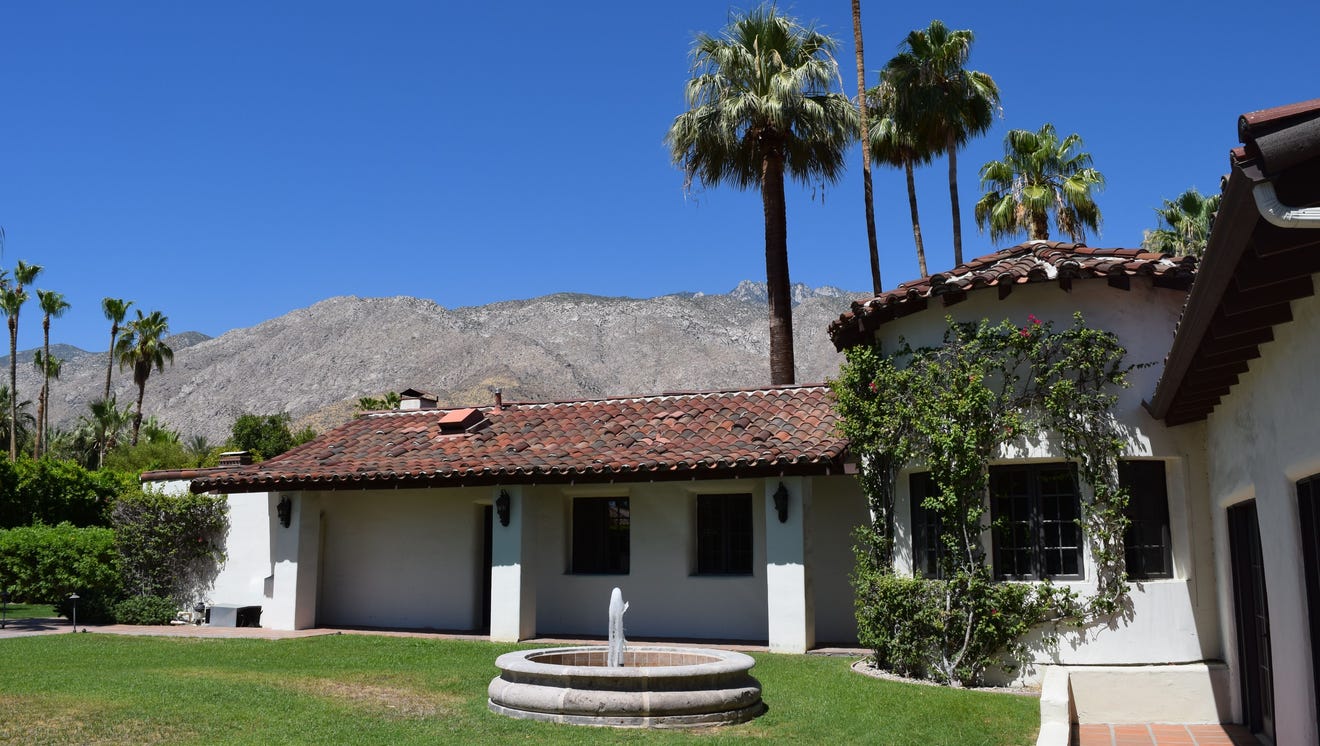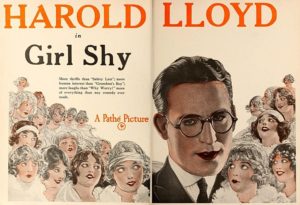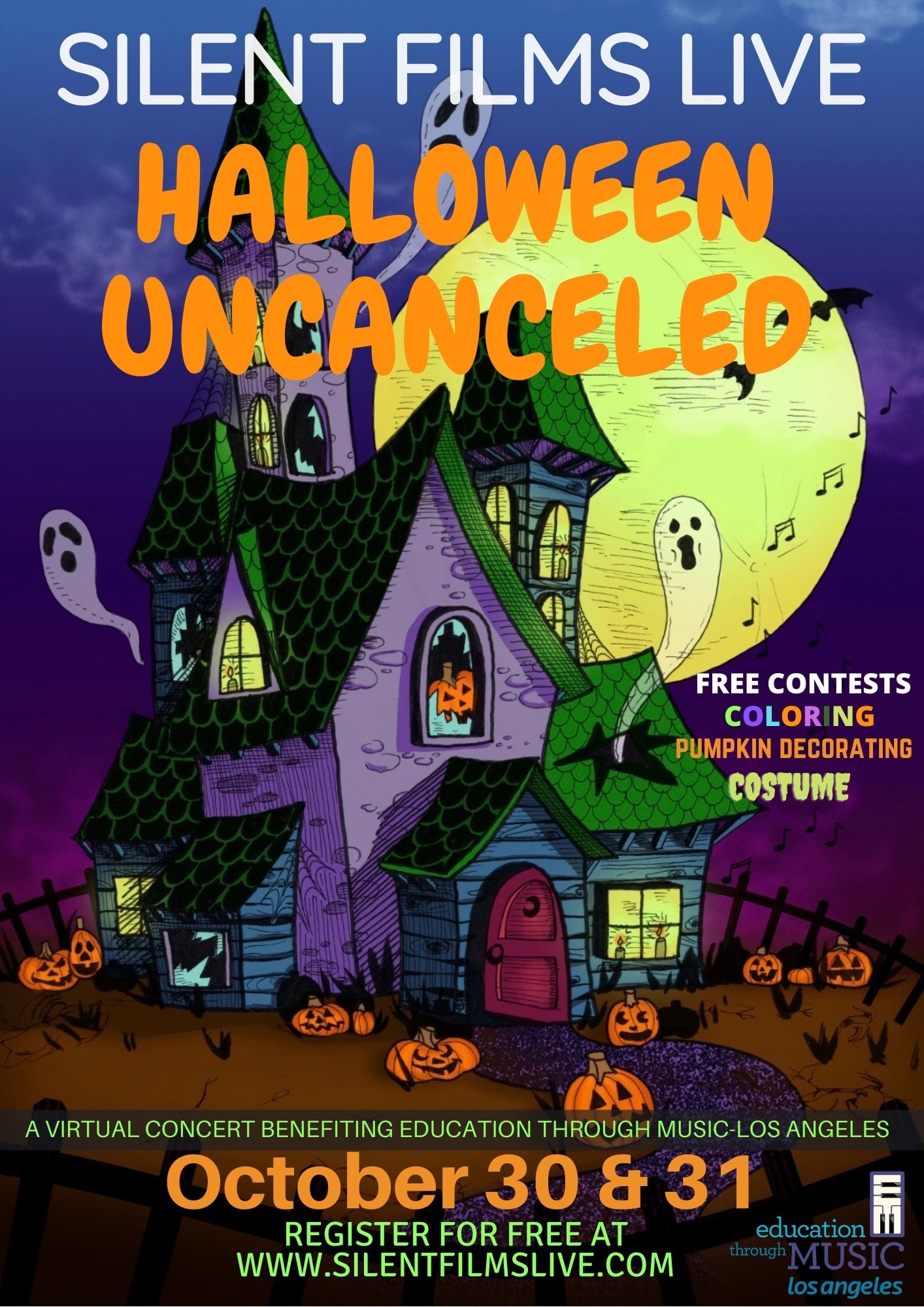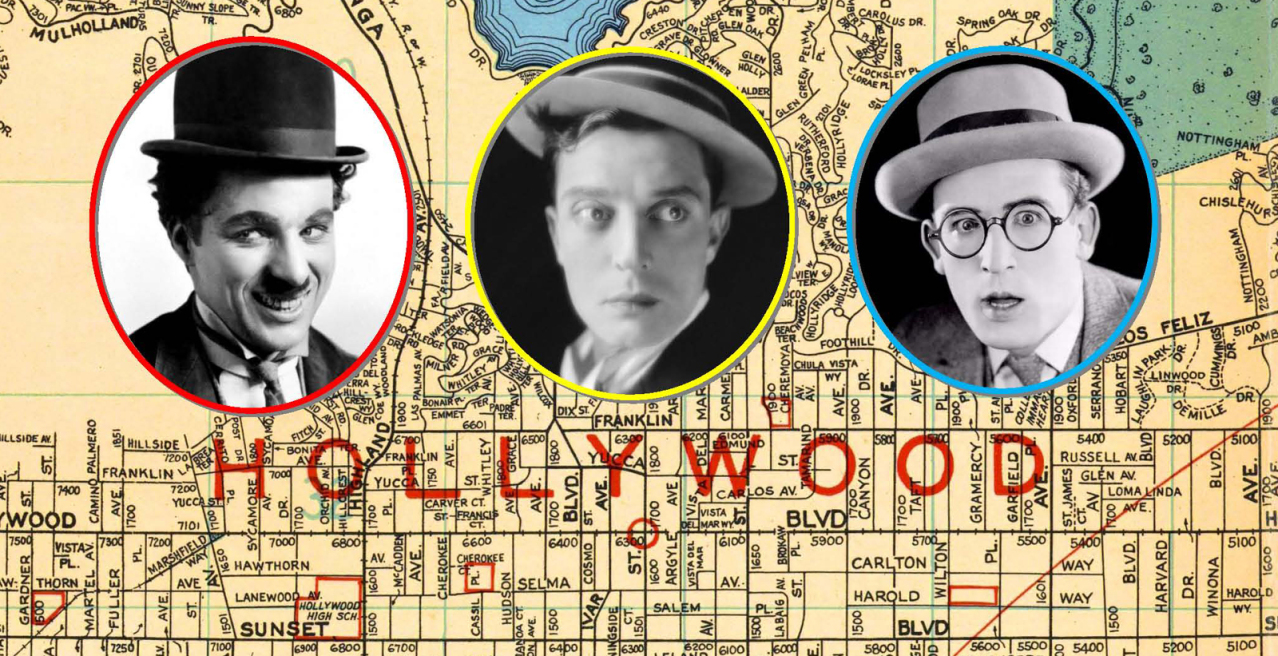
Lloyd was also a Shriner
Re: “History: Harold Lloyd’s Movie Colony estate,” Sept. 13 story by Daniel Simon
In addition to all of his achievements listed is one that ranks close to the top:
While a high school student in the late ’40s, my father served as Illustrious Potentate for the eastern Oklahoma Shrine Temple (chapter). Harold Lloyd was Shrine’s Imperial Potentate (worldwide). That year, my parents attended the Shriners’ Imperial Council Session in Los Angeles led by Harold Lloyd.
A somewhat humorous footnote: In the parade, my dad at one point was mistaken for Lloyd.
He burnished it to the fullest. Yes, he really did look like Lloyd.
Today, there are 400,000 Shrine members in 200 chapters. They support 22 Shrine Hospitals for Children; all services are without costs to the children’s parents or families.
Robert Alexander, Desert Hot Springs
Source: The Desert Sun





